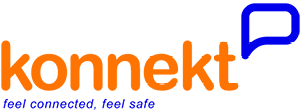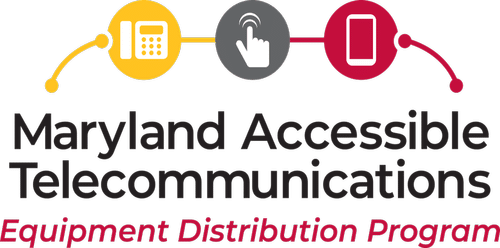US Government Funding for Konnekt Videophone
There is a wide range of funding and subsidy options available to support the purchase/rental/use of the Konnekt products. These programs cater to various needs and eligibility criteria:
- State-Based Funding Programs: Individual state funding programs with approved partnerships with Konnekt. View the list of partnerships here.
- Telecommunications Equipment Distribution (TED) state programs for for individuals who are deaf or deaf-blind. View the list of programs here.
- Assistive Technology Act (AT3) state programs for device demonstrations and short-term equipment loans.
- Medicaid, for people with limited income and long-term care needs.
- Medicare, for Americans 65 and over, or with a disability.
- Private health insurance, employer-sponsored or self-funded.
- VA Assistive Technologies, for veterans and active duty service members.
- Affordability Connectivity Program, for people needing support with Internet costs.
- Employer Assistance, available under Americans with Disabilities Act (ADA) Title I, for employees with disabilities.
Need Help Finding the Right Funding?
If you’re unsure which funding option is best for you, reach out to our USA partner, Environmental Sound Solutions, Inc. (ESSI), for a free consultation. We’ll help you identify the most appropriate and promising funding scheme tailored to your needs.
General Advice
- Seek help and be persistent. Most programs require a licensed health professional to document the medical need and prescribe the device. This may require advocacy, creativity and persistence.
- Wording is important. The Konnekt Captioning Videophone and Videophone have been categorized variously as a Speech Generating Device (SGD) or an Augmentative and Alternative Communication (AAC) device.
- Speech Generating Devices are covered by Medicare and now generally include devices that generate text for the purpose of communicating with caregivers / physicians
- AAC devices are covered by Medicaid, the Department of Veterans Affairs, and hundreds of commercial health insurers
Look up a Program’s listed support categories before deciding how to label the device you require, and before describing how it enables you to communicate or function in daily activities (specific to your disability).
- Look for precedent and speak to multiple Program administrators. There can be variability in the interpretation of guidelines.
1. State-Based Funding Programs
We currently have confirmed partnerships with the following states (and the number is still growing!):
California: DDTP
- Provides funding for Speech Generating Devices (SGDs) to assist individuals with communication disabilities.
- Administered by the California Public Utilities Commission (CPUC).
- Covers a range of assistive telecommunication devices, including SGDs.
- For eligibility details and application steps, visit DDTP Speech Generating Devices.
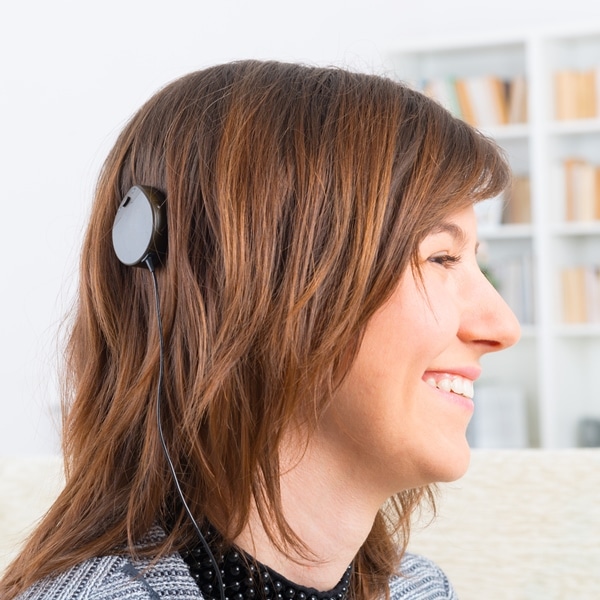
Eligibility
- You live in California and have access to phone service.
- You will need to obtain a proof/recommendation from a licensed medical professional.
Process
- Download the application documents or call 1800-806-1191 or 916-375-4400
- Ask a licensed doctor, audiologist, hearing aid dispenser, or speech pathologist to complete Section 2 in the form.
- Submit your completed documents to us by mail, email, fax or in person.
Maryland: Maryland Relay Equipment Distribution Program (MAT)
- Provides assistive telecommunications devices to Maryland residents with disabilities that make using a standard phone difficult.
- Devices include amplified phones, captioned telephones, and other adaptive equipment.
- Open to individuals with hearing, speech, vision, cognitive, or mobility disabilities.
Eligibility
- Must be a Maryland resident with access to a phone line.
- You need to provide proof of disability.
Read more about the application process here. Please contact us directly if you have trouble navigating the key information.
North Carolina: Equipment Distribution Service
- Provides assistive telecommunications equipment to North Carolina residents with hearing, vision, speech, or mobility disabilities.
- Equipment includes amplified phones, captioned telephones, TTYs, and visual alert systems.
- For more details, visit North Carolina Equipment Distribution Service.

Eligibility
- You must be a resident of North Carolina.
- You must be up to 250% of poverty level.
- You must have a certificate of disability.
Contact
To learn more about the Equipment Distribution Service, please contact one of the DSDHH’s regional centers near you.
Telecommunications Resources Program Manager
Email: Becky.Rosenthal@dhhs.nc.gov
Phone: (919) 760-3833
2. Telecommunications Equipment Distribution (TEDPA)
Programs and eligibility vary across the US states and territories.
Process
- Go to the Telecommunications Equipment Distribution Program Association, and select from the map or list.
- Contact your local Program representative, ask specifically for a Konnekt Captioning Videophone, and mention Konnekt US sales/support partner ESSI; or contact ESSI directly.
3. Assistive Technology Act programs
For US state- and territory-level help
- Benefits vary across each state and territory
- Programs may provide lending and demo centers, financial loans or assistance for assistive technology, and/or an equipment re-use program with organizational partners

Eligibility
- Programs and eligibility vary across the US states and territories
Process
- Visit the National Assistive Technology Act Technical Assistance and Training (AT3) Center, and select your state or territory
- Contact your Program representative, discuss your need for a Konnekt Videophone or Captioning Videophone, and mention Konnekt US sales/support partner ESSI
4. Medicaid
For those with limited income and long-term care needs
- Most states cover assistive technology to support the functioning and independence of Medicaid beneficiaries with disabilities through
-
- Home and community-based services programs,
- Medicaid Managed Care, or
- Money Follows the Person programs
-
- Medicaid covers AAC devices
- Equipment / appliances must
- medically assist (e.g. to help overcome a speech / hearing / cognitive / dexterity / vision functional disability);
- be used predominantly for this purpose and not generally by individuals without a disability; and
- be ordered by a physician as part of a plan of care
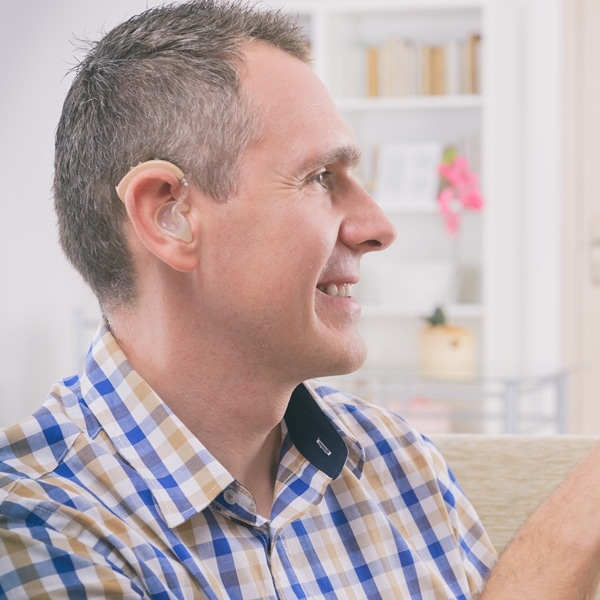
Eligibility
- Medicaid is for Americans with low income; criteria vary from state to state
Process
- Contact Medicaid in your state; ask about Home and community-based waiver services, and assistive technology funding; discuss your specific need for a Konnekt Videophone, generally categorized as an AAC
- Ask a doctor, audiologist or speech pathologist for written evidence of your disability and need for visual-communication assistance with your hearing, cognitive, speech, dexterity or vision need
5. Medicare
Work in Progress
For Americans 65 and over, or with a disability
- Medicare Part B covers up to 80 percent of the cost of assistive technologies such as speech generating devices (SGD)
- The Medicare definition of speech generating devices may now include devices that generate text (such as the Konnekt Captioning Videophone) for the purpose of communicating with caregivers and physicians
- The device must be medically necessary to the individual, e.g. to improve the functioning of hearing or speech, or to overcome a vision or mobility condition that limits daily communications
- The device must be predominantly in use to support such medical purposes, and generally not useful to someone without illness, injury or disability; for example, the Captioning Videophone is used predominantly to support hearing/speaking disabilities, and the regular Konnekt Videophone is used predominantly to support communication for a person with cognitive impairment, partial blindness or a mobility/dexterity disability

Eligibility
- Ask your health professional to evaluate your need, prescribe your device, and submit a letter of medical necessity.
Process
- Typically, your Medicare-participating provider, such as your doctor, fills in the forms and files the reimbursement request. However for Durable Medical Equipment (DME), which may be purchased or rented, the supplier usually files the claim. If the provider or supplier is not enrolled in Medicare, you must file the claim.
6. Private health insurance
Employer-sponsored or self-funded
Assistive Technology devices and services, including Augmentative and Alternative Communication (AAC) devices, are covered by hundreds of commercial health insurers

Eligibility
- Check coverage and criteria with your insurance company
Process
- You will likely need a health professional to
- evaluate your need;
- prescribe your device and any supporting services; and
- prepare a letter of medical necessity
7. Veterans Affairs Assistive Technologies
For veterans and active duty service members
- The US Department of Veteran Affairs can help with Augmentative and Alternative Communication Devices (AAC)
- A Konnekt Videophone can augment speech through the use of gestures, captions, facial expressions and lip reading

Eligibility
- You are a veteran or active duty service member
- Your disabilities make phone communication difficult
- Other criteria may apply
Process
- Visit Veteran Affairs Assistive Technology
- Call 800-698-2411 to discuss your need for a Konnekt Videophone
8. Affordability Connectivity Program (ACP)
For people needing assistance with Internet costs
- ACP provides a $30-per-month discount per household on Internet service
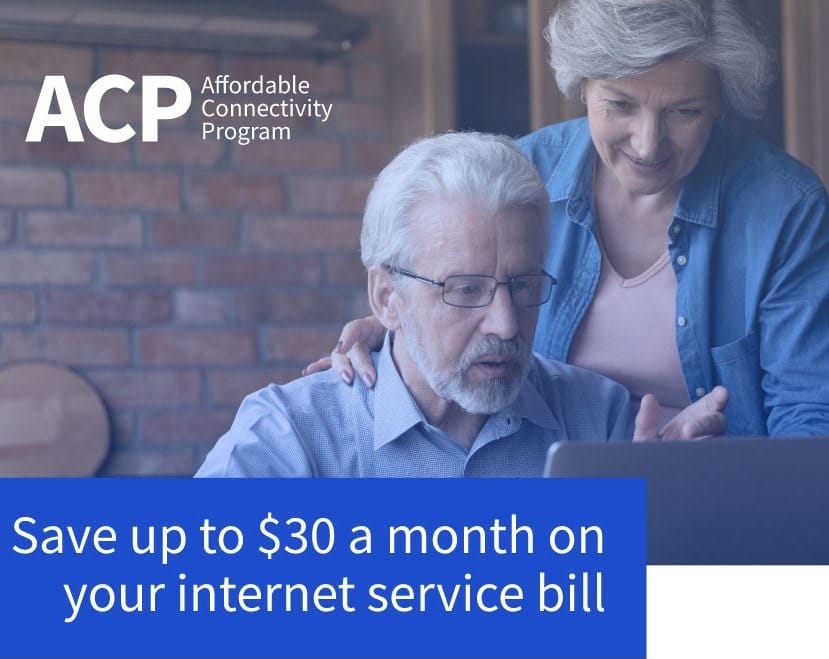
Eligibility
- You may qualify based on household income; or you or your child/dependent are enrolled in Medicaid, SNAP, WIC, or others; or receive a Lifeline benefit
Process
- Apply online, download a form, or call 1-877-384-2575
- Find a nearby ACP Internet company
9. Employer Assistance
For employees with disabilities
If you work, your employer may be obligated to provide a working environment that supports your ability to work effectively. This may include assistive technology, such as a Konnekt Videophone or Captioning Videophone, for your workplace or home office.

Eligibility
- The Americans with Disability Act (ADA) covers employers with 15 or more employees, including state and local governments. It also applies to employment agencies and to labor organizations.
Process
- Learn your rights under the Americans with Disability Act (ADA) Title 1
- Ask your manager or HR representative
- Employers may be eligible for tax credits for adaptive equipment purchase
Contact Konnekt’s US sales and support partner to discuss US government funding, or to get help with your application.
Outside the USA: Contact your local Konnekt partner to find out about government funding availability in your country.
